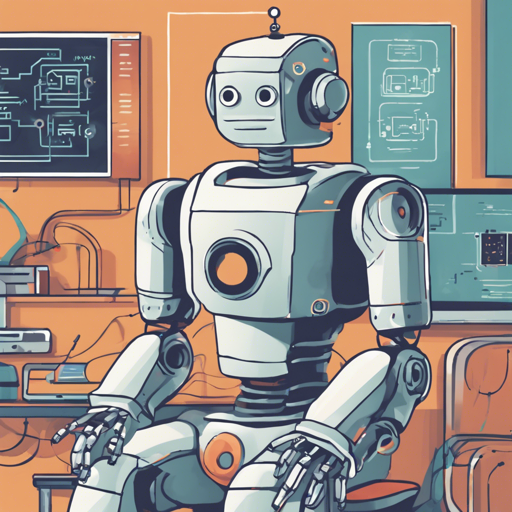In the realm of artificial intelligence and robotics, “Good Robot!” emerges as a pioneering framework, utilizing Reinforcement Learning (RL) for teaching robots complex multi-step tasks. If you’re ready to dive into the exciting world of robot training, this guide will take you through the essential components and the step-by-step process for effective usage.
Understanding Good Robot!
Think of training a robot like teaching a child to ride a bicycle. Initially, the child may stumble, but by learning from previous attempts, they gradually become proficient. This analogy resonates well with the Good Robot! framework, which focuses on enhancing robot training through a systematic approach. By utilizing existing skills learned from one task, the robot can apply that knowledge to related tasks, resembling a child using previous experiences to conquer new challenges.
Getting Started with the Framework
The following sections will guide you through the process of setting up the environment and running experiments:
1. Environment Setup
- Install the required dependencies. Ensure you have Python 3.x, NumPy, SciPy, OpenCV-Python, PyTorch, and Matplotlib.
- Download CoppeliaSim (formerly known as V-REP) to create simulations.
- Set up your Python environment to include these libraries by running:
pip install numpy scipy opencv-python matplotlib torch torchvision2. Starting the Simulation
This framework harnesses the power of CoppeliaSim for simulations. To begin:
- Run the following command to initialize the simulation:
cd ~/real_good_robot
CoppeliaSim.sh -gREMOTEAPISERVERSERVICE_19997_FALSE_TRUE -s ~src/real_good_robot/simulation.ttt3. Generating Demonstrations
Here’s where you teach your robot through demonstrations:
- Use the command below to collect task demonstrations:
python touch.py -t [TASK_TYPE] --saveRunning Imitation Experiments
Once you’ve set up your demonstrations, it’s time to test your robot’s abilities. The following steps will help you run imitation experiments:
- For simulation trials, execute the following command:
python main.py --is_sim --obj_mesh_dir objects/blocks --num_obj 4 --task_type [TASK_TYPE] --is_testing --use_demo --demo_path PATH_TO_DEMOSTroubleshooting Tips
Here are some common issues and their solutions to enhance your experience:
- Robot Not Moving: Ensure CoppeliaSim is running correctly and the TCP port is specified properly.
- Invalid Demos: Confirm that the paths for storing demonstrations in touch.py are correct.
- Performance Issues: Ensure your hardware meets the recommended specifications, especially for students and smaller setups.
- For more insights, updates, or to collaborate on AI development projects, stay connected with fxis.ai.
Conclusion
In this guide, we walked through the essential steps of utilizing the Good Robot! framework to empower your robot with skills through RL. By diligently following the outlined procedures, you can create a robust robot training environment that harnesses the power of AI.
At fxis.ai, we believe that such advancements are crucial for the future of AI, as they enable more comprehensive and effective solutions. Our team is continually exploring new methodologies to push the envelope in artificial intelligence, ensuring that our clients benefit from the latest technological innovations.

